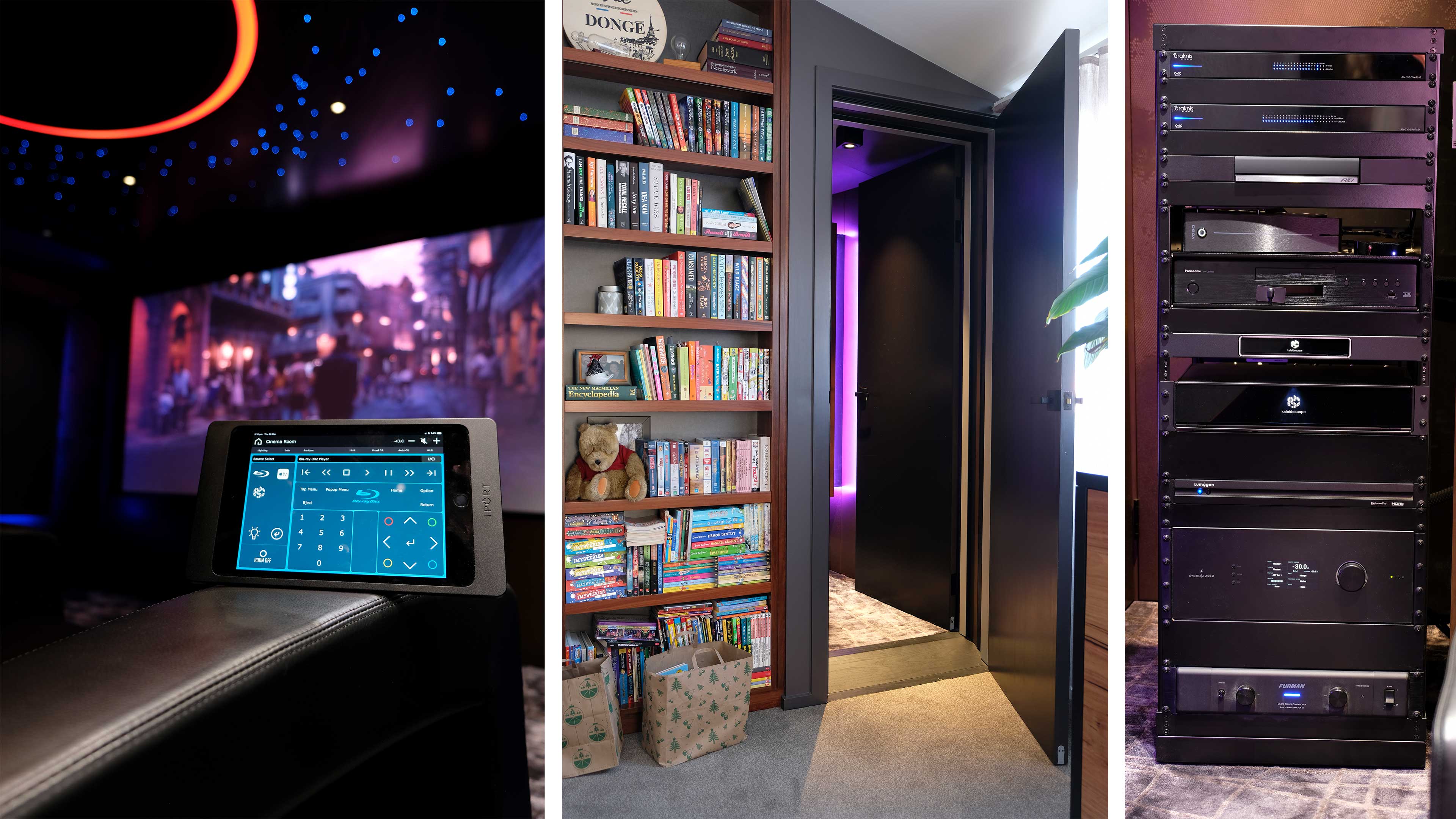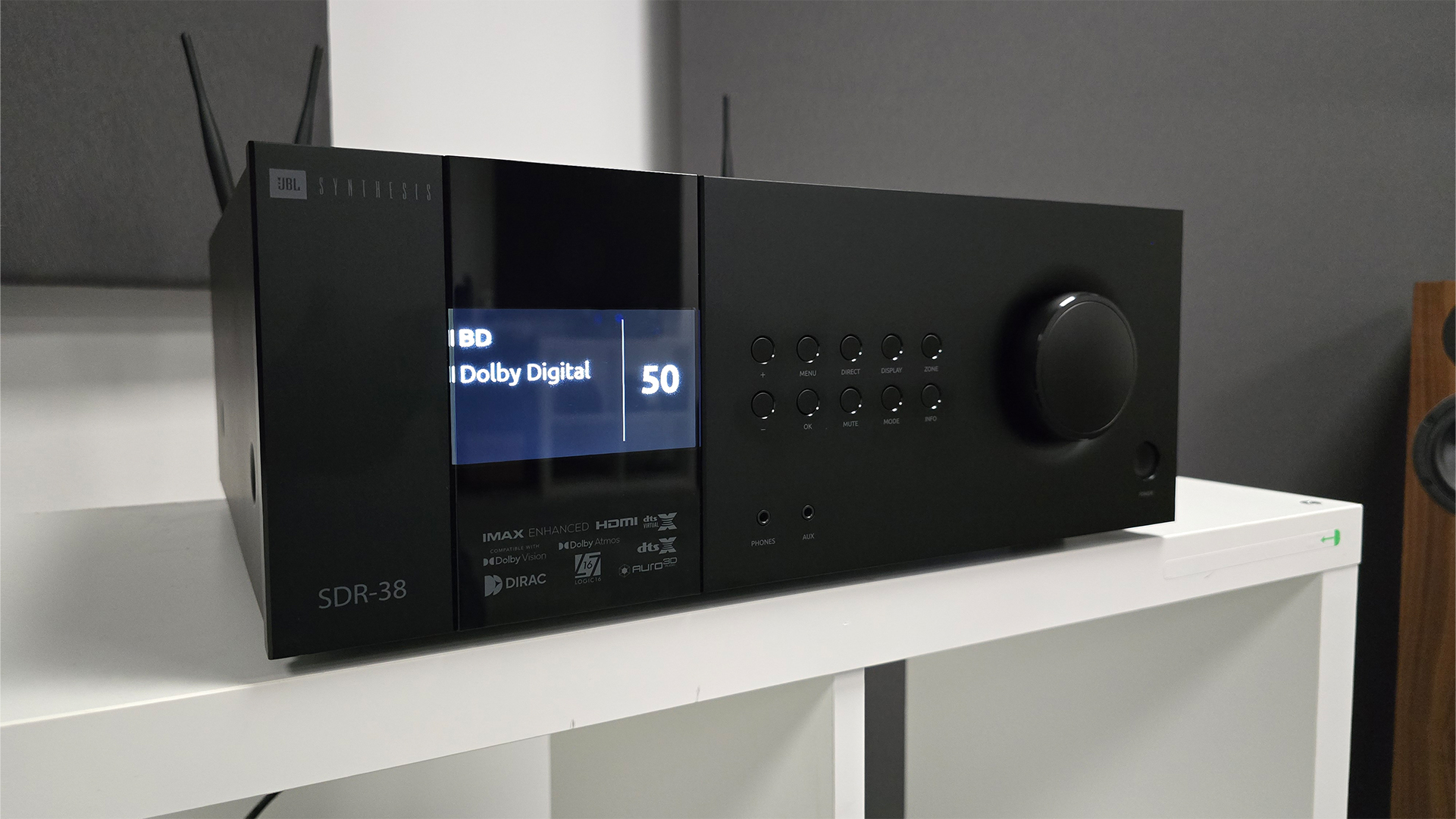Aussie home cinemas: Wavetrain's 'Dune' theatre puts a ring on it
Size restrictions and strict divisions within a new extension made this home cinema a challenge for the team at Wavetrain Cinemas, but careful choices and a strong sci-fi theme delivered a stunning result.
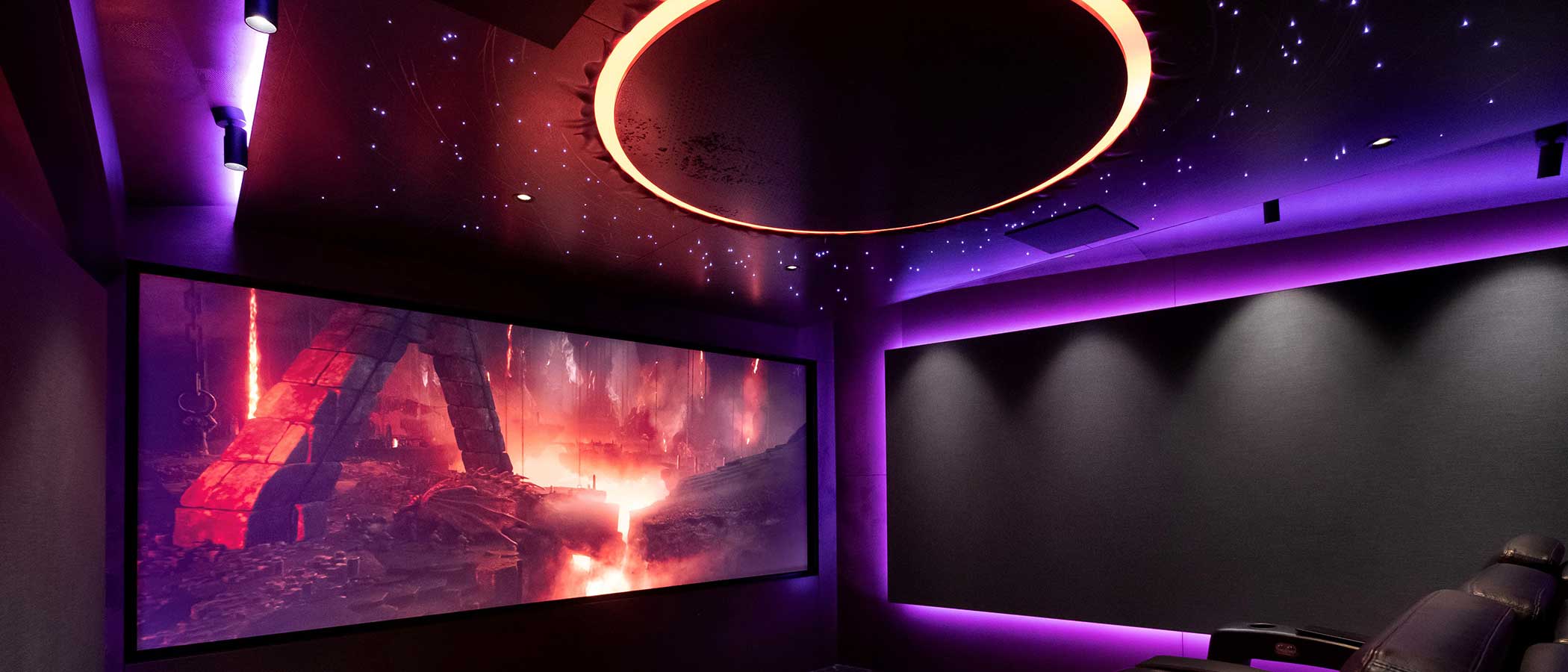

This article originally appeared in Sound+Image magazine, Australian sister publication to What Hi-Fi?. Click here for more information on Sound+Image, including digital editions and details on how you can subscribe.
This home cinema was constructed on the top floor of a new extension to an older home, and the owners of the home carefully defined its different areas well before the build began. Downstairs would be the husband’s entertaining area and home office. Upstairs, the new cinema room, and behind that, his partner’s new sitting room.
But the cinema room, as thus defined, was not a large one: approximately 4.5 metres by 5.2 metres, and notably non-symmetrical, with the right wall angling in towards the front of the room. There was no continuous straight wall or ceiling line in the whole room.
“The ceiling height was low as well,” notes David Moseley of Wavetrain Cinemas, the home cinema design company engaged for the task. “Considering what we were going to fit in, this space was an absolute nightmare to design and then build in.”
A common solution for a tight space is to locate certain elements outside the room – the rack, perhaps the projector, and often much of the air-conditioning system. But that was not going to happen here.
“We tried a number of times early in the process to extend our design into the Sitting Room,” says David Moseley. “But as that was the wife’s domain, the answer came back as a firm no…”
Size wouldn’t be the only limiting criterion. With critical spaces and naturally quiet rooms around the cinema, sound isolation was also going to require careful consideration. The challenge was on.
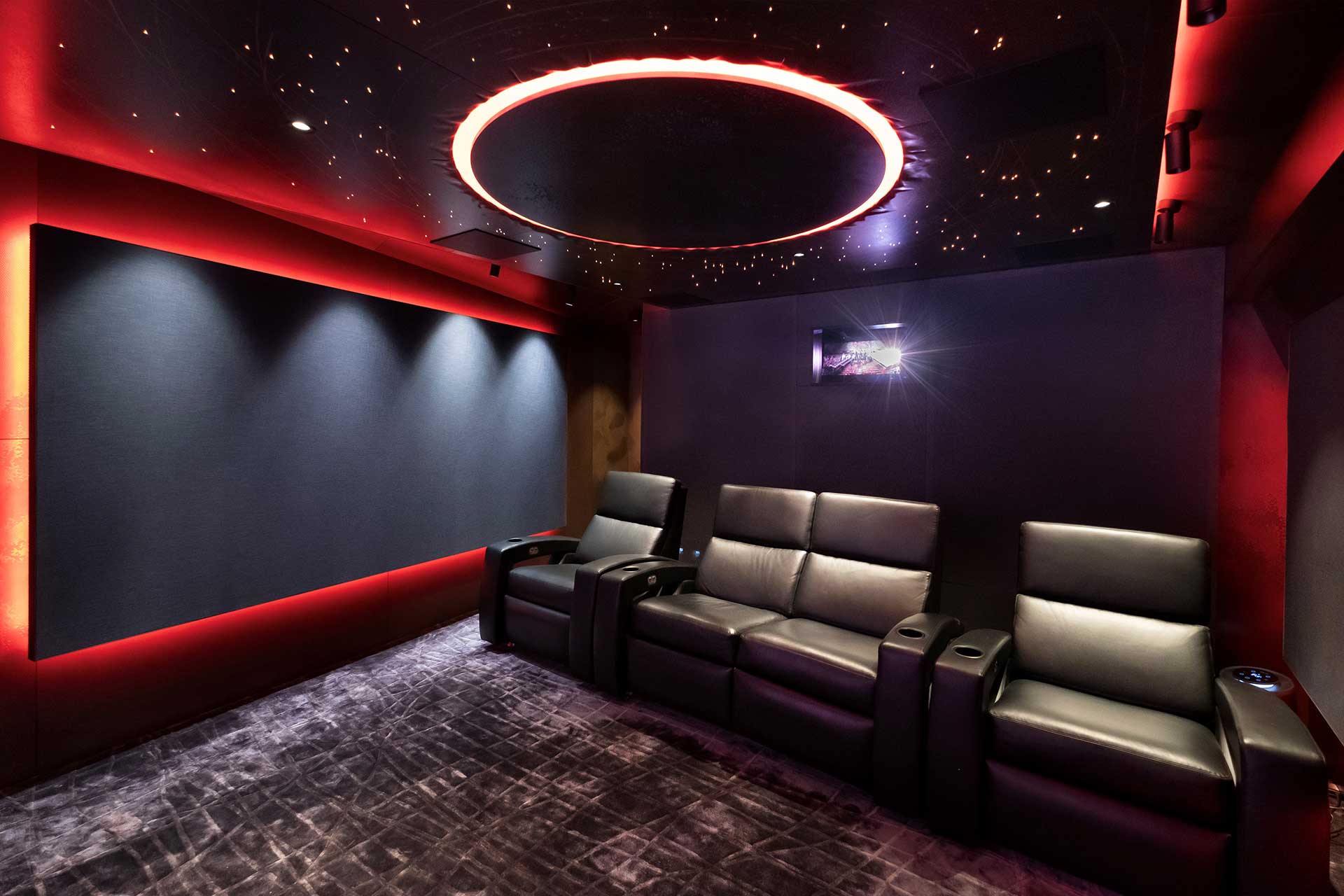
Dune: beyond the brief
Given lead times for a project like this, the pandemic was still in full swing when the client first made contact with Wavetrain Cinemas, and being located in separate States, David Moseley didn’t meet the owners in person until construction began on-site. Did that make the initial briefing and design process difficult? Not really, he says.
The latest hi-fi, home cinema and tech news, reviews, buying advice and deals, direct to your inbox.
“Yes the COVID lockdowns meant that all of our initial meetings were online,” he confirms. “But we asked one of our clients near him to provide a demonstration of one of our working cinemas – and he was blown away. He had contacted various companies before finding us, but after a few further phone calls, he elected to engage our services.”
The brief, however, was not a detailed one.
“This is another client who said, basically, ‘Surprise us!’”, says David. “As has become our company tradition, the client here decided to put himself completely in our hands. But he was clearly a mad movie lover, and wanted to create something special. His only other brief was that the cinema be the best possible within the confines of his allocated space.”
Wavetrain is a ‘turnkey’ cinema provider, by which they mean that their teams do the lot, and you just have to ‘turn the key’ to enter. So Wavetrain not only oversees the system design with the acoustic engineering, installation and calibration, but also the architecture, the ventilation systems, the crucial sound isolation here, and the air-con design.
They also provide the aesthetic design for most clients…
“… but for that we typically get to meet them!”, says David Moseley. “Nevertheless in this case I was realising that the client was very tech-centric, also a big book reader and – being a movie fan – most likely into science-fiction. So I came up with a ‘Dune’ theme as a central theme to the cinema.”
The movie connection came initially from the room’s geometry.
“I was simply looking for ways to bring calm to a very angular room.,” says David. “Angular walls and sharp edges can be subconsciously jarring, so I wanted to add organic elements of curves and circles, achieved with the carpet design and ceiling. And when I started drawing in a circle to the ceiling, a ‘Dune’ promo poster I had seen came to mind.”
This was before the Dune movies became such a phenomenon, and it wasn’t from any specific reference the client had made. But it proved an accurate shot, says Moseley.
“We were doing a long online presentation to the client – and suddenly he stopped me and said ‘David, you had me at Dune.’”
So the ceiling ‘Eclipse’ became the primary feature. It uses an RGB LED strip which is addressable at 50mm segments, initially red/orange in colour, but with seven different primary scenes using colours selectable by the client. Additional wall and fibre-optic lighting react in sympathy, but can also be separately controlled. Downlights for reading and cleaning are also provided. In general, most lighting circuits on the main scene run at around 10-20%. The result is, we’re told, wonderfully atmospheric — and very difficult to capture in the photographs provided here.
One final feature came as a surprise to the Wavetrain team.
“After we finished, the client commissioned a Dune mural to be painted by a street artist in the alley,” David tells us (below). “The cinema is on the top floor of that structure. We have a reputation for reading our clients and creating one-off unique pieces of design, but to have a client extend our creative to the outside for the world to see — that has been very satisfying.”
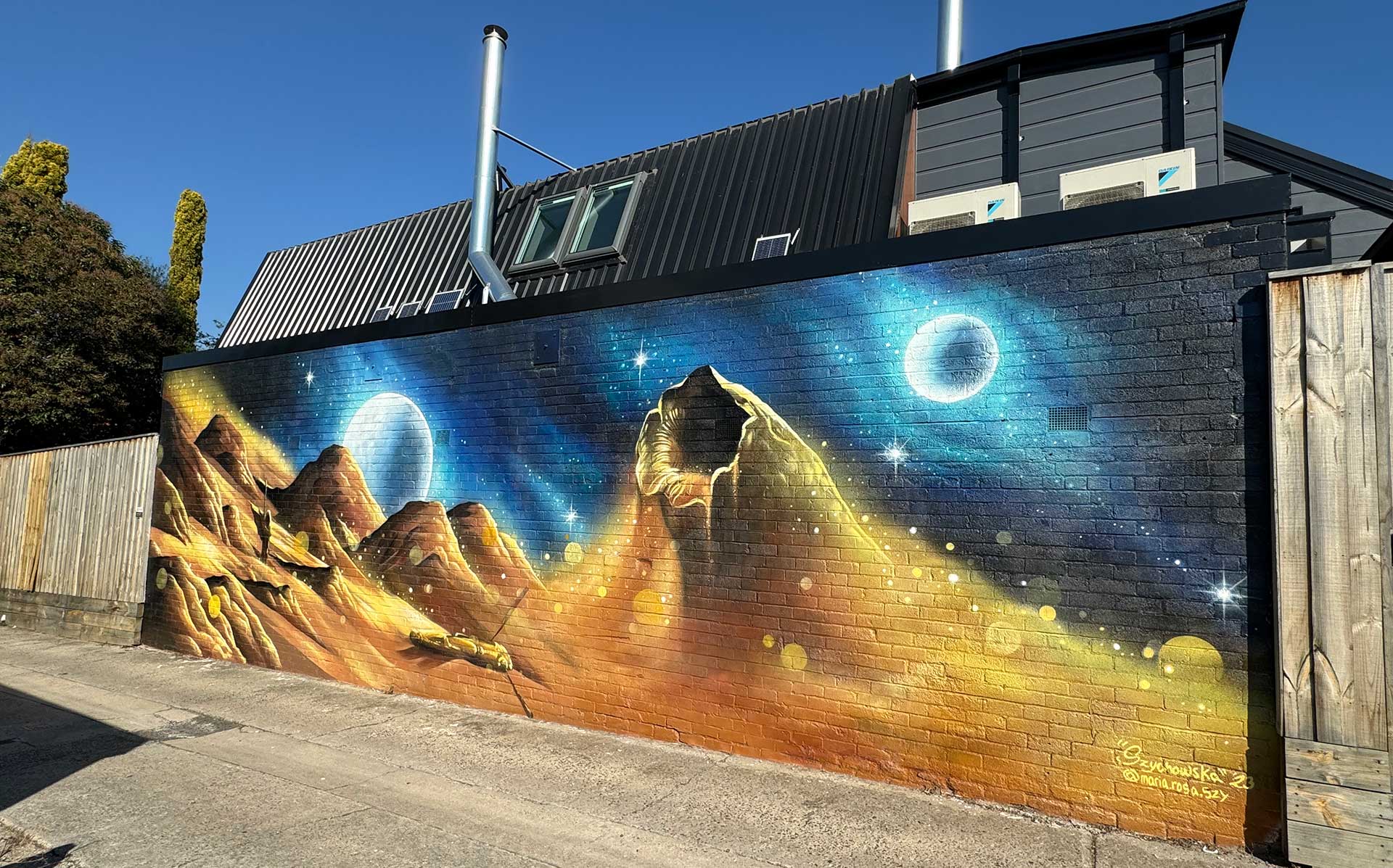
Beyond reference sound
The goal for the project, then, was to exceed industry standards in every way possible, despite the limited space.
“For us this means continuous playback at up to 100dB for concerts, peaks of 110dB for speakers and LFE playback of 120dB. And all while having 3dB of headroom,” says David. “This translates to being able to play concerts at concert level with zero system strain.”
Regular readers will be unsurprised to find that the selected speakers came from Moseley’s own Elementi Audio range, here mainly from the ‘Air’ models, which use ribbon (air-motion) tweeters.
“They resonate the sound in front of the listener, rather than firing it like a compression driver,” he explains, “so the Air models provide a more relaxed and enveloping sound environment.”
The Elementis are unusual in being digital active, meaning they have individual amplifiers that mount close to each speaker, eliminating the need for the usual long runs of speaker cable. And here even the signal runs are audio-over-IP (AoIP), saving further on cabling and keeping things digital right up to the amplifier output.
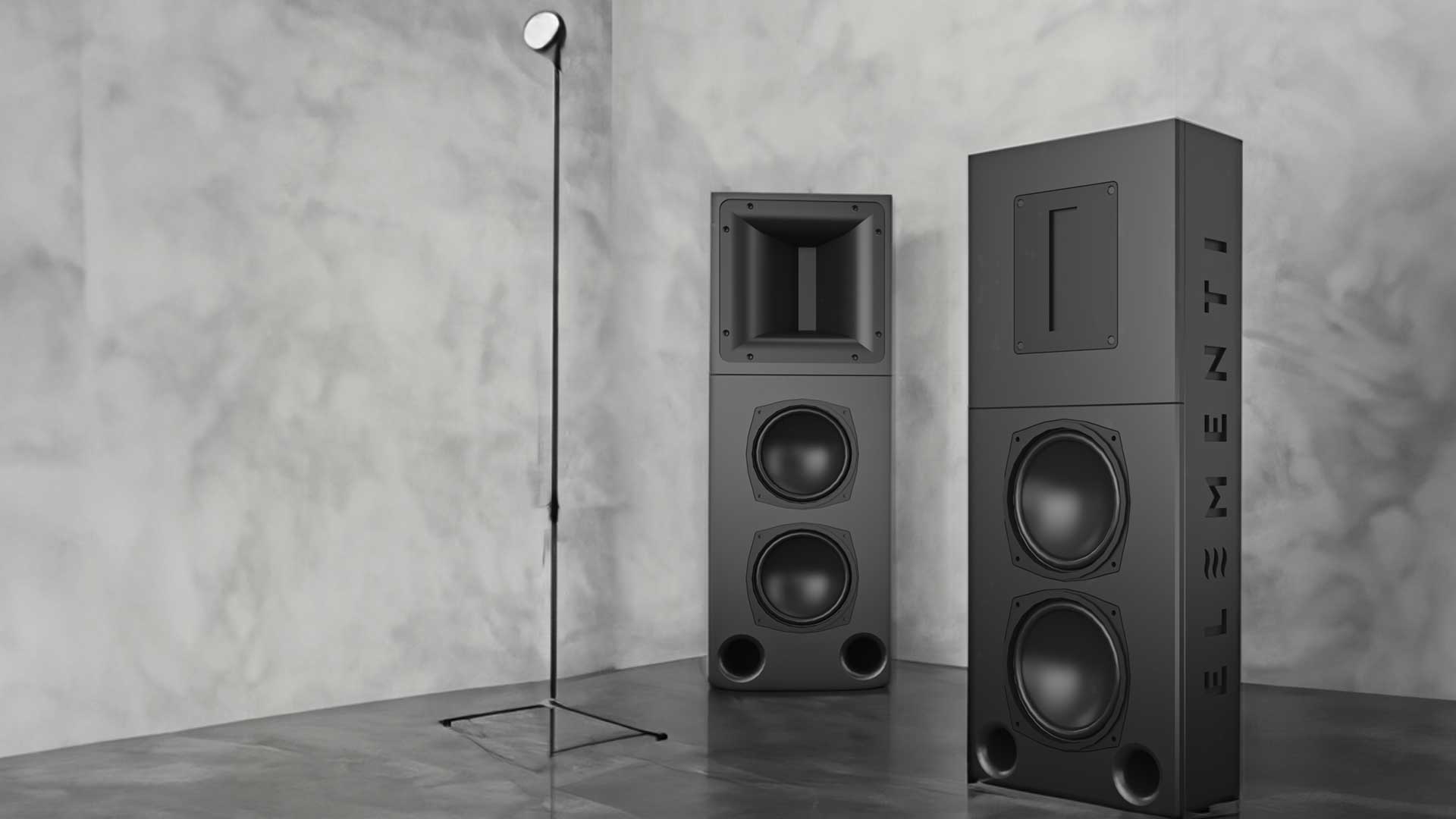
“AOIP eliminates a couple of D-to-A conversions that most system set-ups have,” explains David Moseley. “Meanwhile for the front LCR, the cable runs here are just two to three metres, and two to five metres for the rears and surrounds. We selected StormAudio with AOIP [for the home cinema processor] – StormAudio is has the lowest jitter, which translates to lower noise in the analogue domain. We went with a 9.4.4 configuration.”
That’s quite the layout for a room this size, we suggested, but Moseley explains it wasn’t all about coverage, but also to get around problems from the room shape.
“There would normally be no real need for both sides and rear speakers,” he admits. “But because of the room, the side speaker couldn’t back far enough to not require rear speakers. That left the side/rears relatively close together, so we adjusted each channel down so we had more of an area effect. Front wides also are not overly necessary, as the horizontal dispersion of the front LCR speakers is so wide — the Elementi Airs have an incredibly wide horizontal dispersion down to 1000Hz. With their tweeters effectively 450mm high, it acts as a line array and provides excellent SPL consistency across the seats. Even without front wides, information will still sound incredibly immersive, but having the front wides means that we can take advantage of those channels when provided on the track. The front wides have a waveguide that tilts the audio 10 degrees towards the listener, and the wall is also angled 10 degrees, so the total toe-in is 20 degrees.”
The four Atmos channels are all in a row – the ceiling was very low, notes Moseley, and the distance between the channels is only a couple of metres.
“The sound field across the seats in all directions is seamless, with the speakers
disappearing. It’s incredible considering how close all the speakers are to the main seating area, including the ceiling speakers. The narrow vertical dispersion on the bed channels meant that there is still a good defined separation between the horizontal and Atmos channels. The Pascal amplifiers in the Elementi system have an exceptionally high damping factor, so control of the bass drivers and the system’s dynamics, impact and fullness are just off the charts.”
Four subwoofers are used: two each of the Onyx and Basalt models from Elementi’s ‘Earth’ subwoofer range. And those are adding to not insignificant bass from the front LCRs. [Each Elementi LCR speaker effectively has a pair of 12-inch subwoofer drivers.]
“In bass terms the Elementis are naturally flat to 30Hz,” says Moseley. “In fact with the room gain here they’re flat to 20Hz.”
Holding it in
Can we see a tiny problem here? Wasn’t there a criterion for soundproofing?
With the cinema on the top storey of a two-storey timber construction, soundproofing would require both adding mass to the system and mechanically disconnecting the structure. The final design has a floating two-layer floor with Greenglue between the layers, and resilient mounts to disconnect the structure. Recessed plywood timber boxes in the ceiling allow for the deeper angled in-ceiling speakers, while the walls combine structural plywood with Soundchek (high density) plasterboard, more Greenglue, clips, and Rockwool ‘Soundscreen’ acoustic batts.Finally the entry door is air-locked with multiple layers and seals.
But that’s just the sound insulation: the acoustic treatment was a whole other ballgame: “It took 300 hours of engineering and design to solve this Rubic’s cube!”, says Moseley, before detailing endless material changes, angle tweaks, absorption, diffusion, reflection and bass traps to achieve the required room response.
“We are always aiming between 200 and 300 milliseconds reverb times.”
And the soundproofing?
“The reality is that with the massive output of the room, it is still possible to hear the system running from outside, albeit at a very low level,” says Moseley. “Ideally it would be good to have masonry in the system to add mass, but we were very limited and every millimetre counted. It’s certainly inaudible outside the home, partly due to the fact that the home is near a main road with fairly high ambient noise. And the surrounding rooms are living rooms, not bedrooms. The office area below is to some extent critical, but for even this area it’s not at a level that is disruptive.”
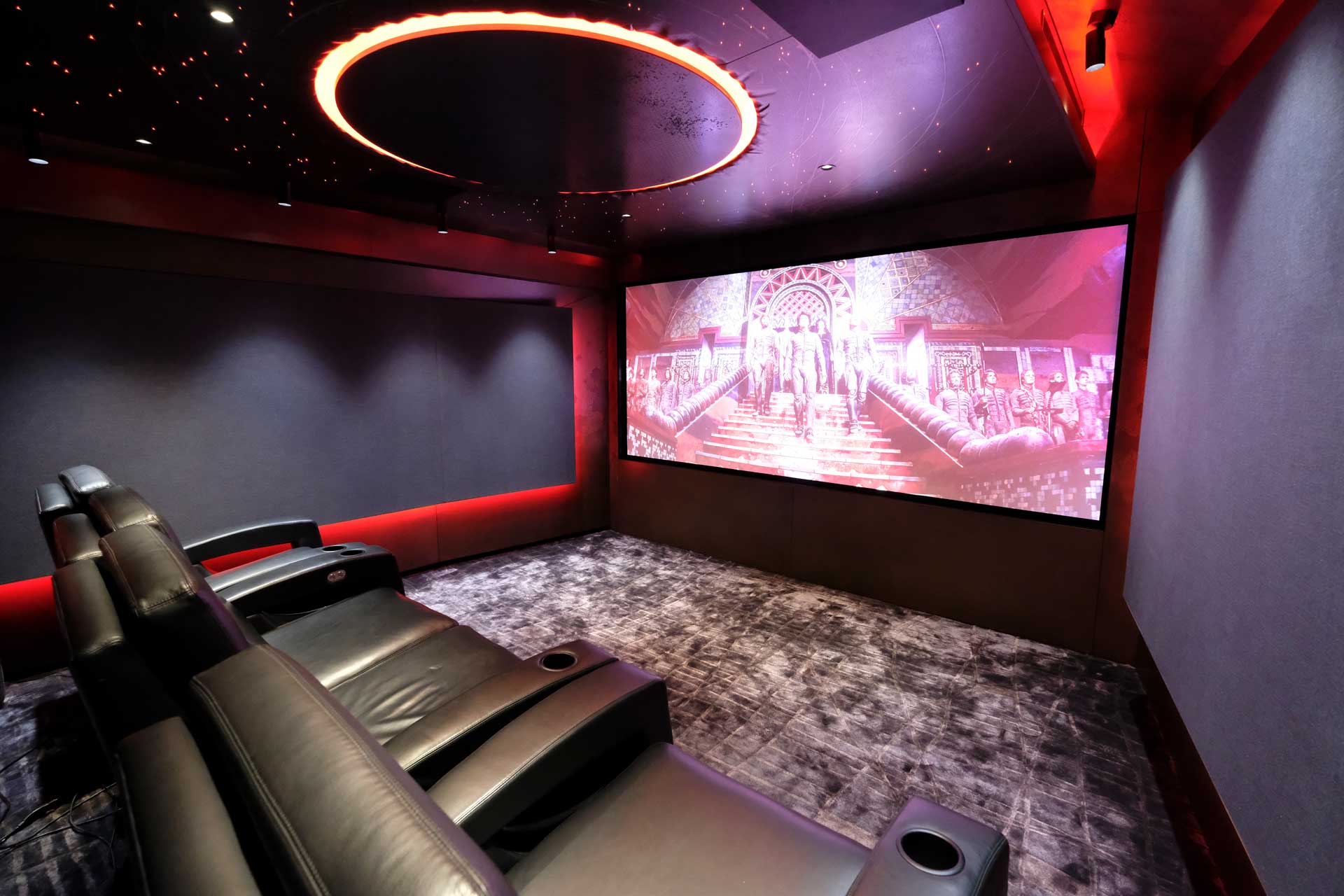
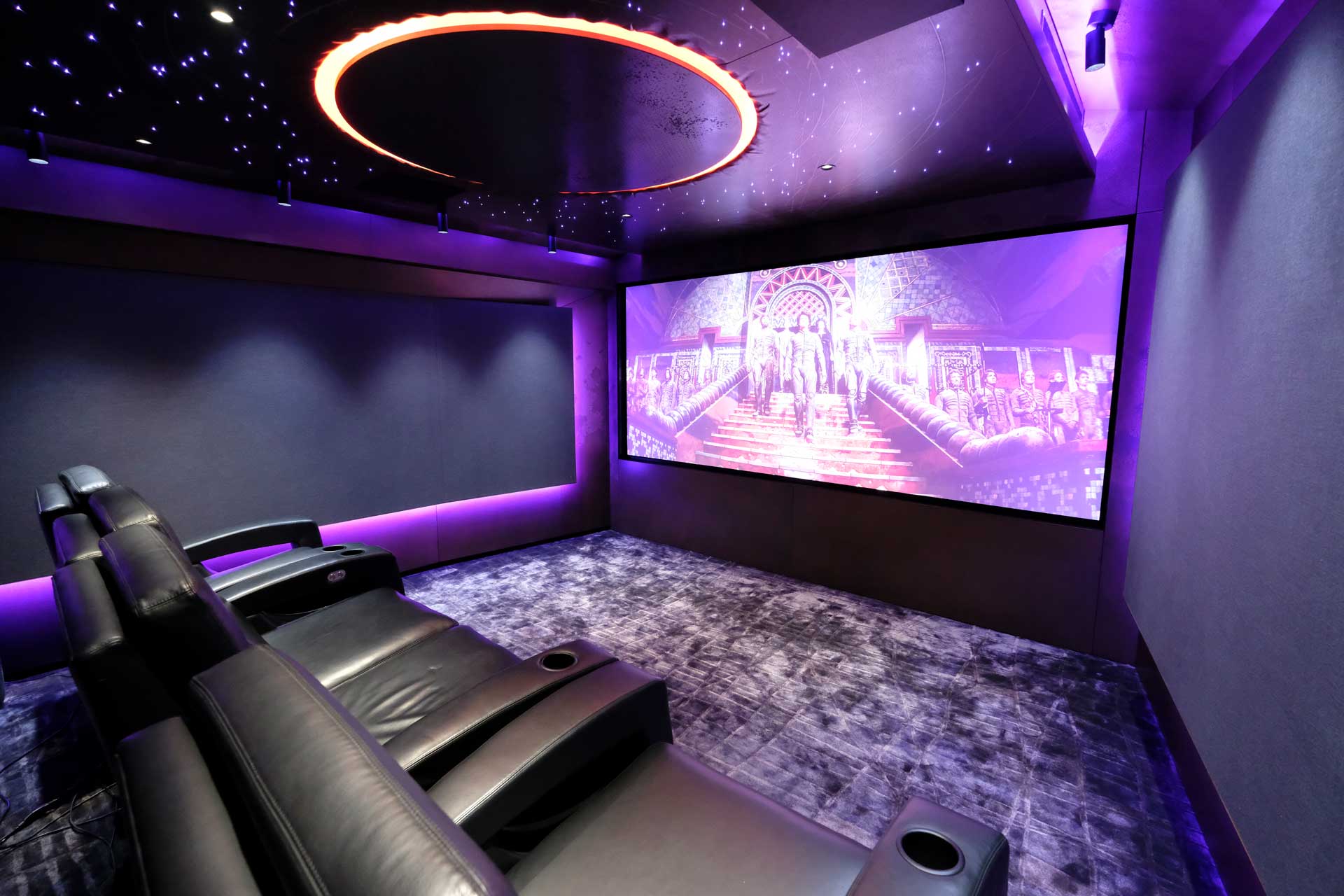
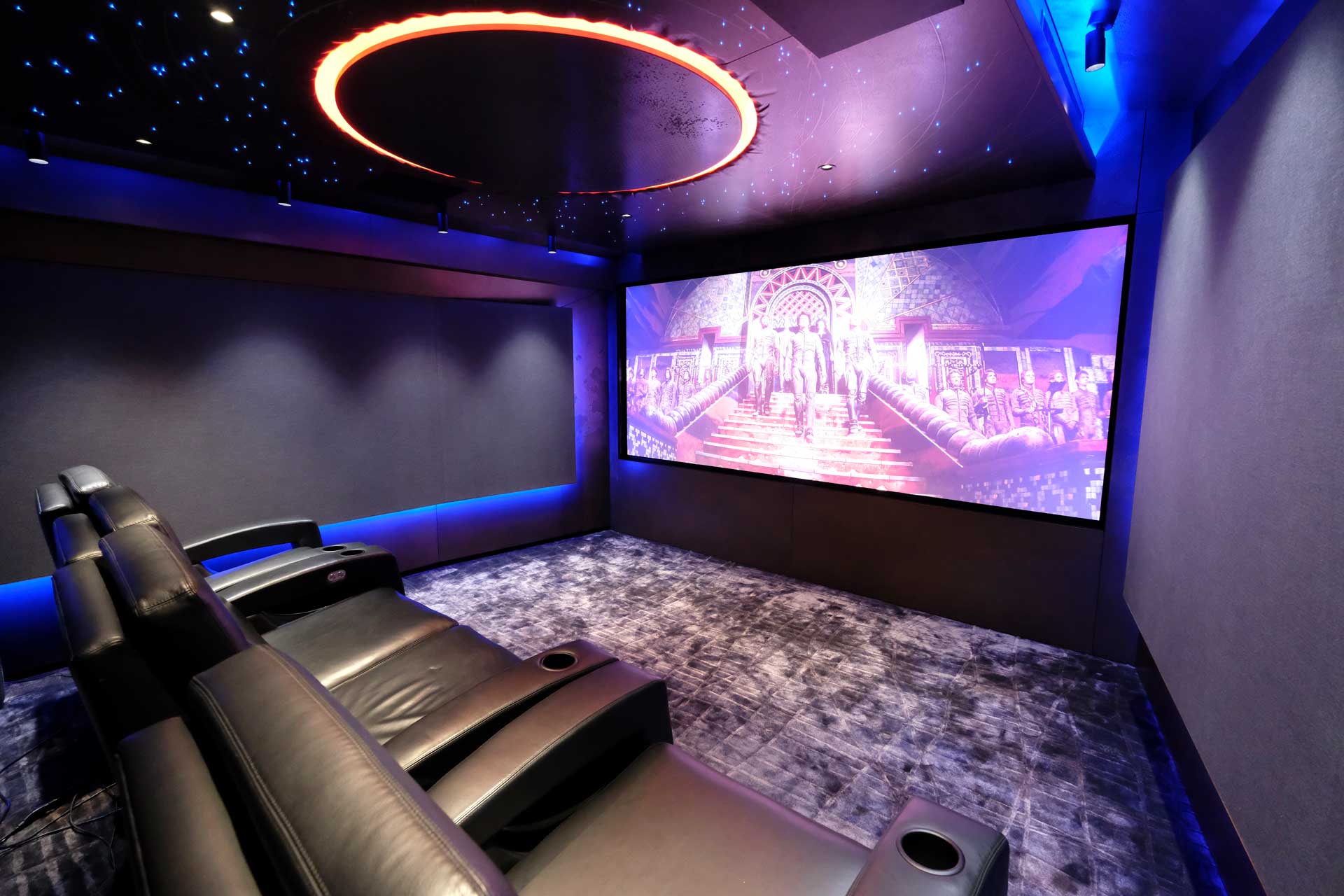
Picture elements
The client initially wanted OLED-quality video – as in a video screen, rather than projection. But you can’t then have speakers behind a video screen, and there was no other way to install a large MicroLED screen and still achieve the required audio performance.
So projection it was.
“The system needed to be able to do Rec. 2020 [colour space], hit a minimum of 200 nits screen brightness with the highest possible contrast, and fit vertically in the rear of the cinema to save space,” explains David Moseley. “The only projector that met that brief was a Christie M 4K25 RGB, which we mounted on a vertical mirror assembly that we designed and built, paired with a custom-made Screen Research masking screen.”
After calibration the projector proved capable of 97% Rec. 2020, and sequential contrast of almost 7500:1 on the 140-inch Cinemascope (2.35-to-1) screen. Moseley says that ANSI contrast is 1100 to 1 and final screen brightness was set at 300 nits.
Kaleidescape is the primary movie source here; initially a 48TB hard-drive server located away from the cinema (the drives can be relatively noisy), but apparently he filled the 48TB in the first 6 months. Happily this coincided with Kaleidescape’s release of new (and much quieter) SSD servers, so an additional 31TB of SSD server was installed in the cinema rack.
As in very many installation projects, a Lumagen 5000 series video processor was included “for a few reasons”, says Moseley. “It’s necessary to have a high-grade video processor in any high-end project, and in my opinion the Lumagen offers the best video quality of any unit on the market. Part of that is that it has the lowest jitter output for both audio and video – for example running sources through the Lumagen greatly improves the audio quality of all inputs.”
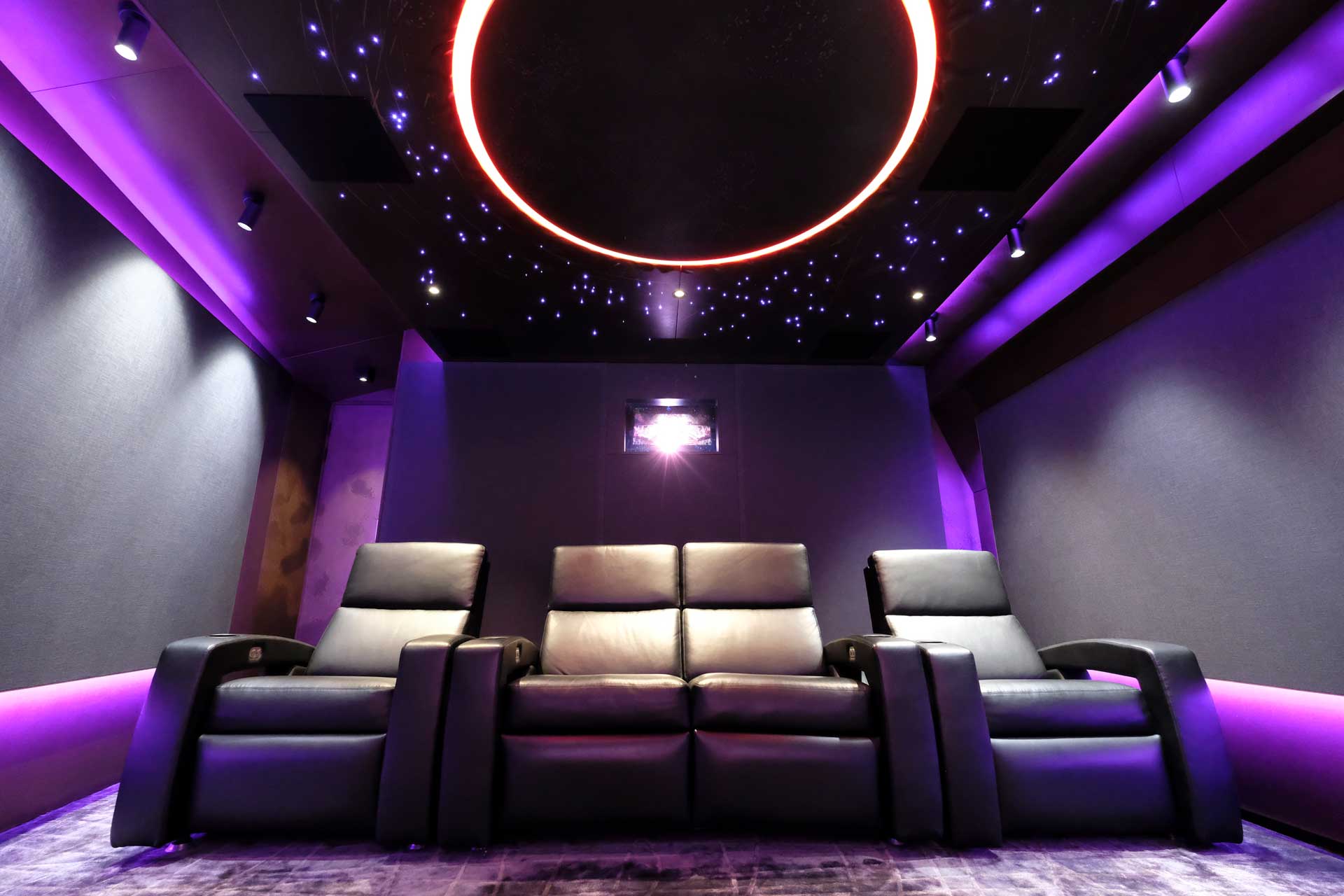
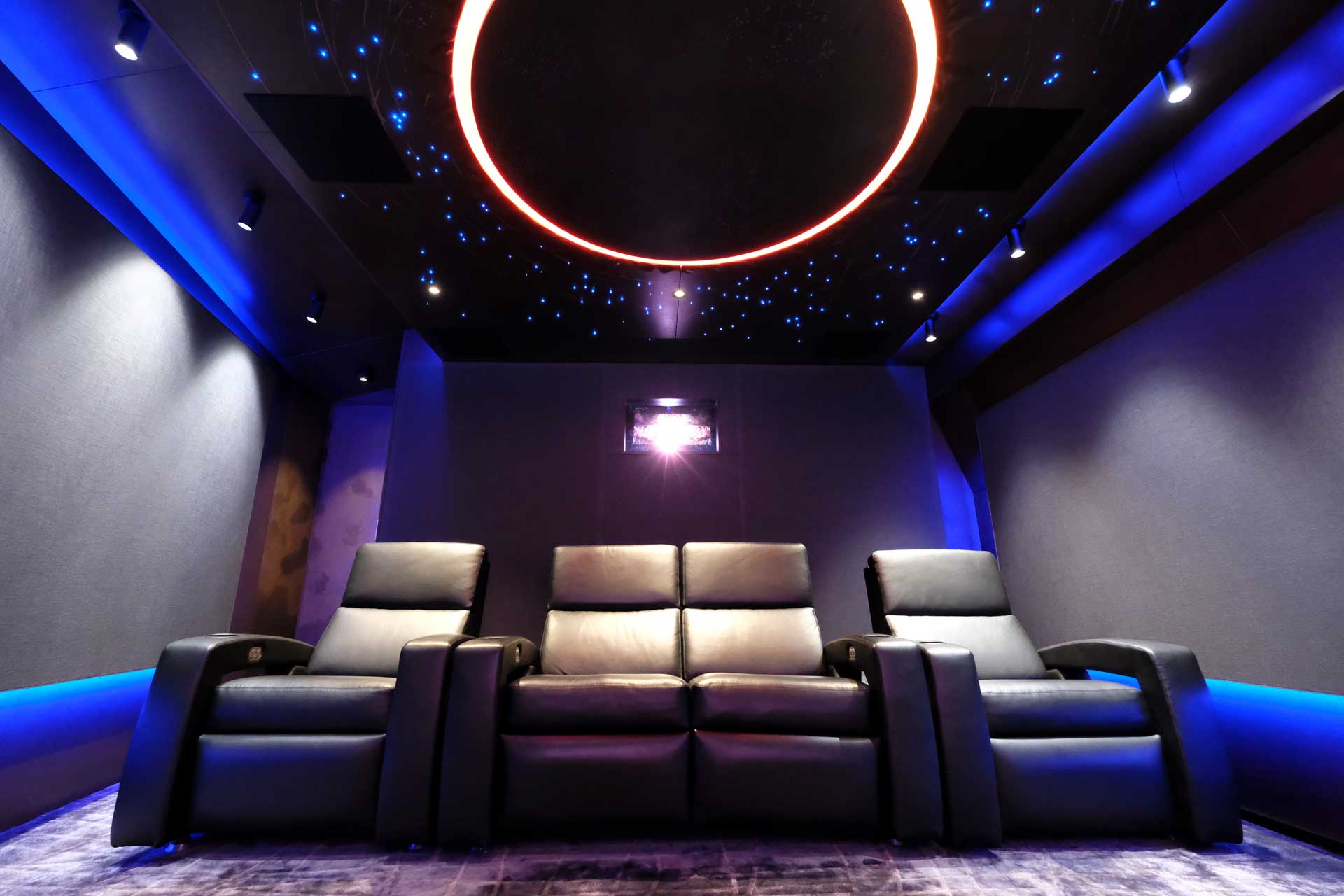
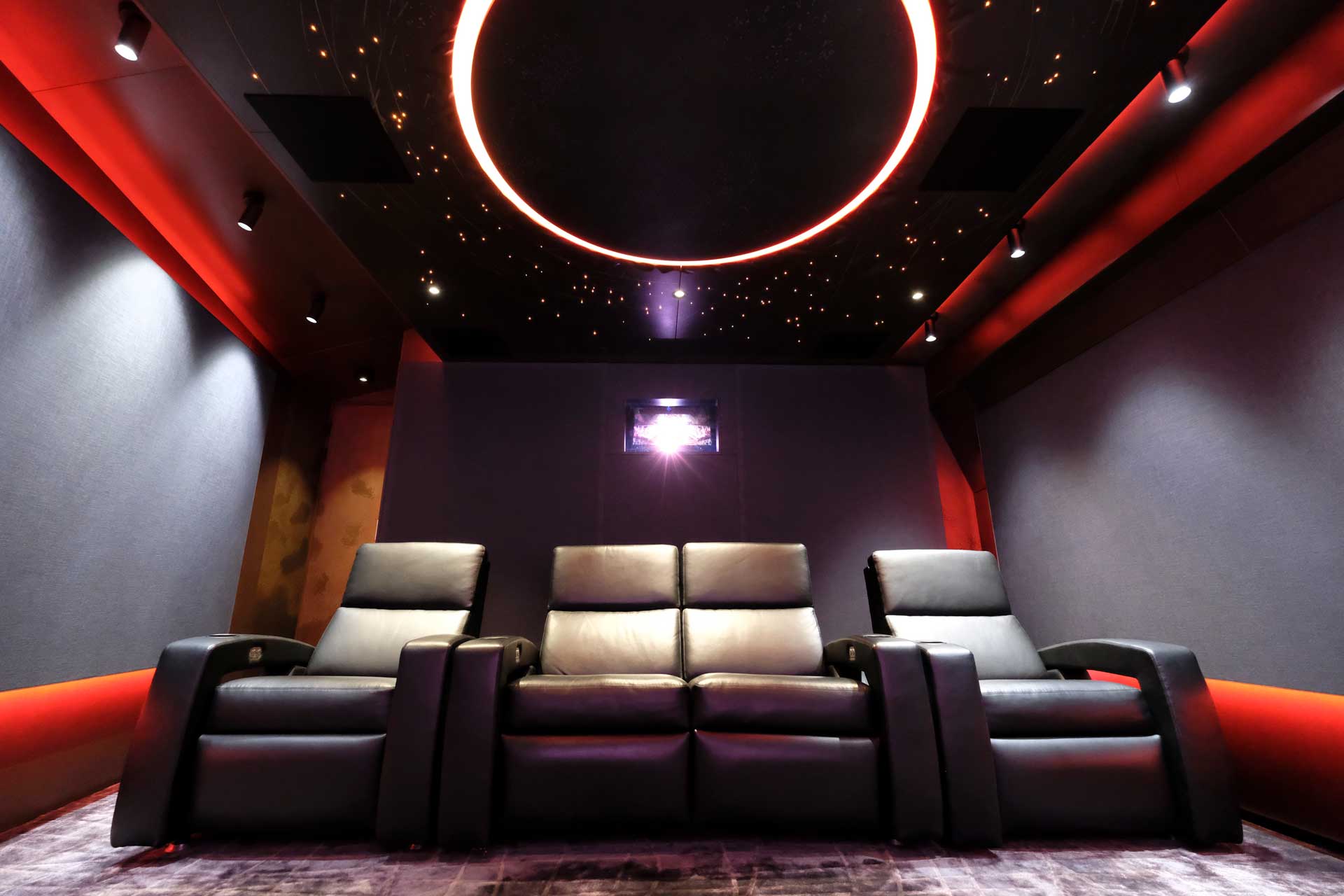
Air-con & immersive seating
Those dreaming of a killer home cinema may not initially think of air-conditioning as a crucial element, but it is both essential and an integral part of design.
“In a room like this, it’s impossible to deliver a working system that addresses all issues without building the AC components – plenums, attenuators, ducting, fan coil, registers – into the structure. We don’t allow the AC contractor to do anything more than install the AC fan coil — they’re not about acoustic outcomes, and they’ll manufacture out of metal, and introduce potential rattles.”
The AC system introduces fresh air into the room, along with the capacity to heat or cool it, and it also cools the projector. The solution involved locating the AC fan coil around 1.2 metres from the main seat, where it is inaudible. As always with Wavetrain’s cinemas, the room design was to hit a Noise Criterion level of NC20. The system also needed to be serviceable through an access panel, while in case of failure the whole ceiling was built to be removable.
One final addition was D-box seating mechanisms and control, moving the chairs or platforms (relatively gently and immersively) in time with cues created for the movie being watched. Wavetrain recommended that the clients visit a commercial D-box cinema, which they did – and soon afterwards D-box was confirmed as added to the chosen Fortress Crosstown seating in Luxtan black leather.
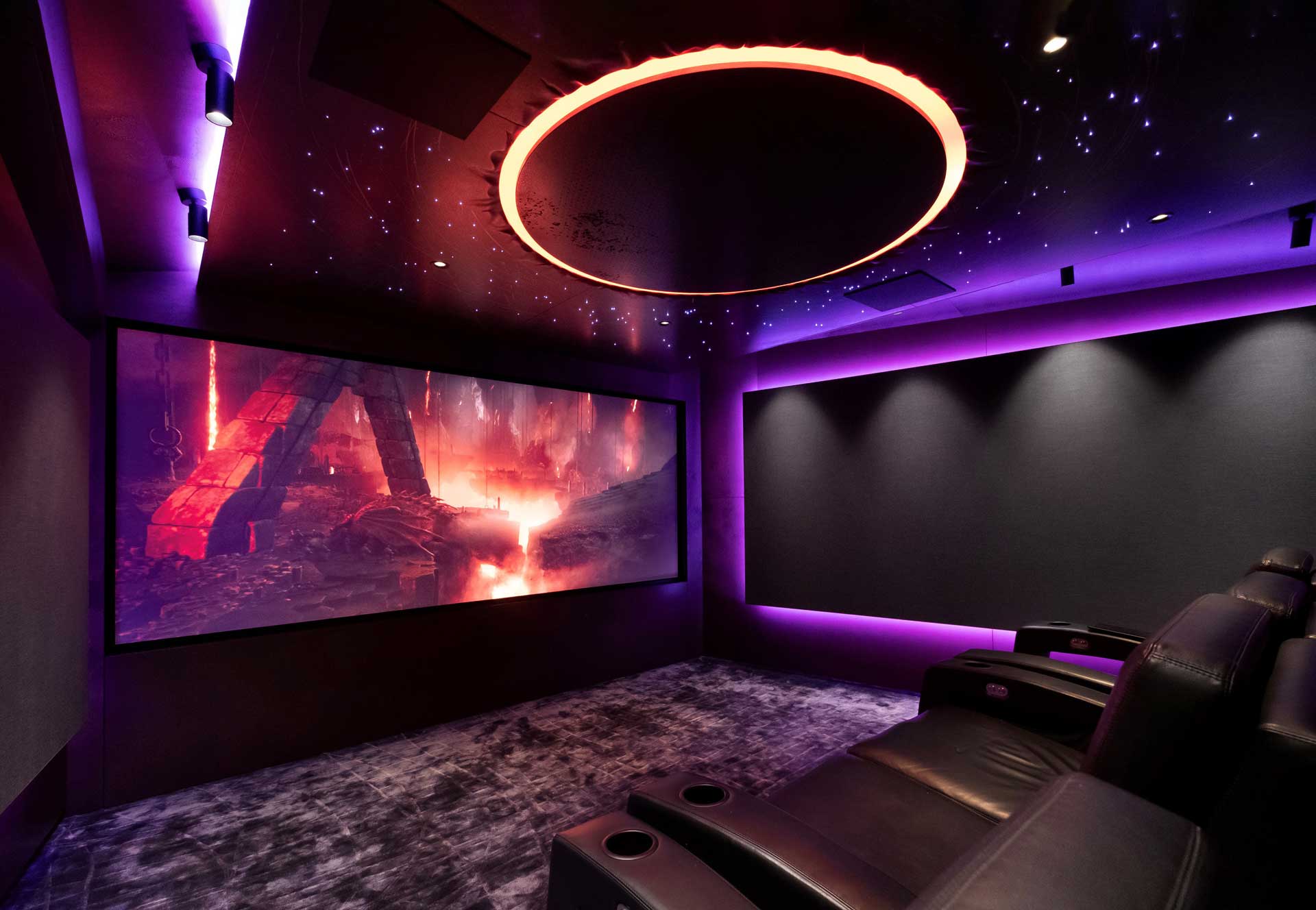
Result!
Despite starting with a relatively small space, Wavetrain Cinemas delivered a big-screen installation with both high-style décor and reference-quality performance.
“The proof is in the pudding,” says Wavetrain’s David Moseley. “The room looks and sounds just as good as our video and audio calibrations indicate. The noise floor is very low, so the room has amazing dynamics, while the ultra-wide dispersion of the speakers delivers a seamless soundfield. The system disappears – all that is left is seamless sound.”
The project has since won a Highly Commended award in the CEDIA Smart Home Awards 2024.
And the client is, we gather, well thrilled with his new space: the Dune theming and the details like Axolotl applied metal surfaces, through to the automated aspect ratio masking – and especially the full cinema experience, watching the latest movies with his son. Though we’ve yet to receive comments from his wife.
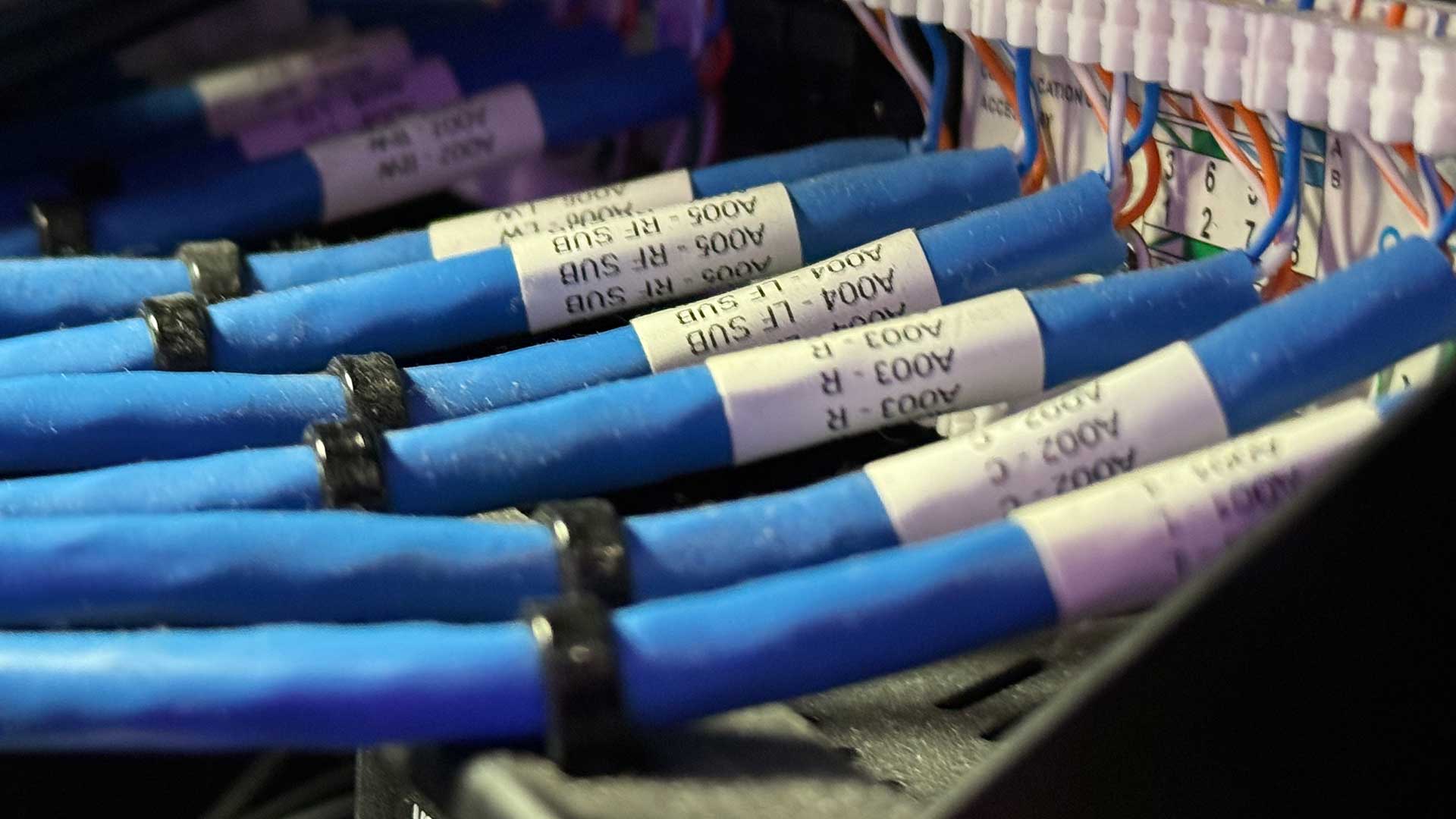
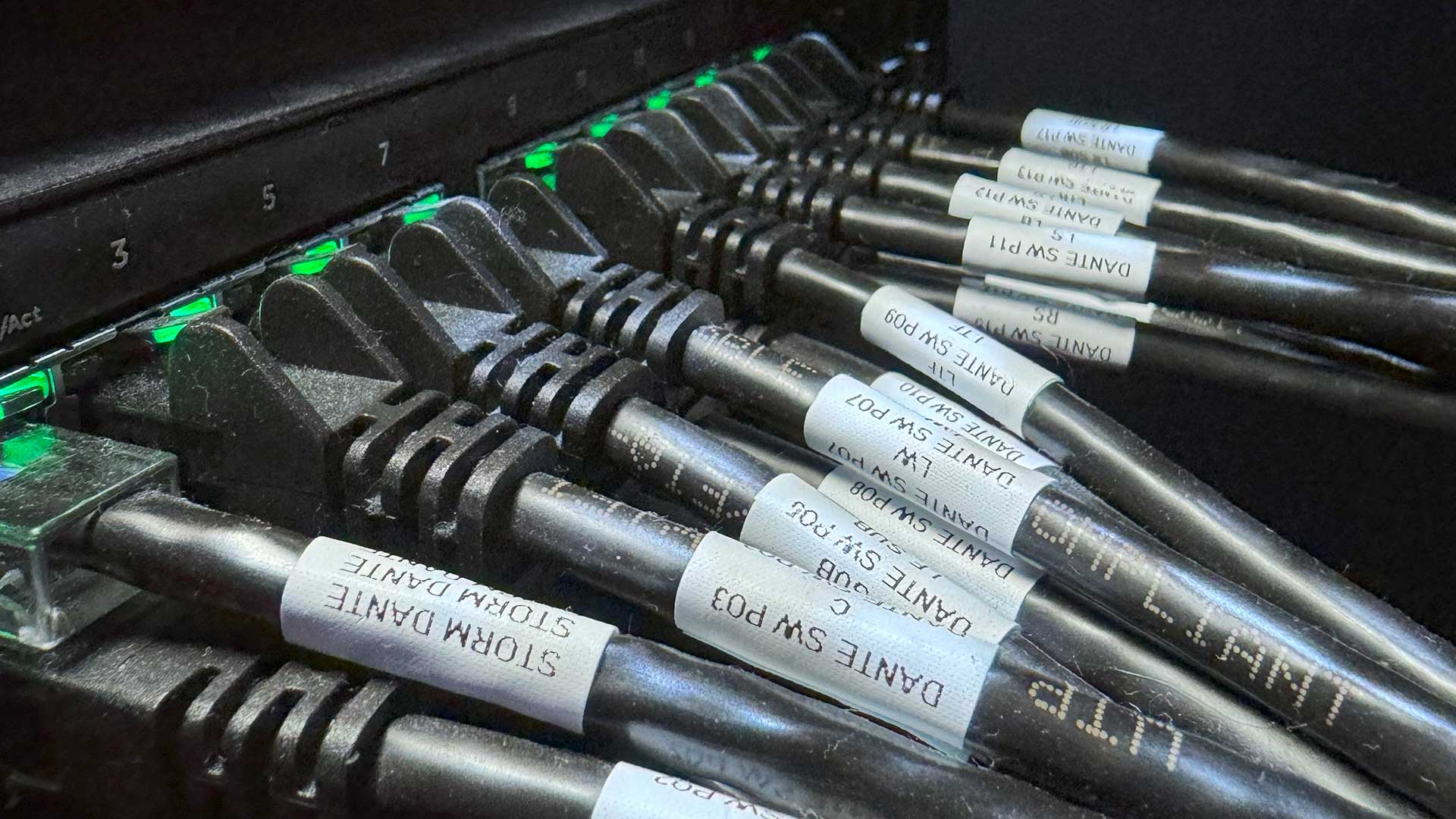
Equipment list
Kaleidescape Strato movie player
Kaleidescape 48TB Terra Prime server
Kaleidescape 31TB Terra Prime solid-state server
Panasonic DP-UB9000 4K Blu-ray player
Apple TV 4K media player
Christie M 4K25 RGB laser projector
Lumagen Radiance Pro 5348 4K video processor
Screen Research masking for custom-built 140-inch Cinemascope woven high-contrast screen;
Storm Audio ISP Elite 32 Digital AoIP MK2 32-channel processor
Elementi Titanium & Tungsten amplifiers
Elementi Air Tempest speakers x 3 (LCR)
Elementi Air Sirocco speakers x 2 (front wide)
Elementi Air Zephyr speakers x 4 (surround)
Elementi Fire Firebird speakers x 4 (height)
Elementi Earth Onyx subwoofer x 2 (LFE)
Elementi Earth Basalt subwoofer x 2 (bass steering)
Furman Elite-16PFEI power conditioner x 2
Fortress Crosstown seating
D-Box controllers & actuators
RTI XP6s processor & iPad software
Apple iPad with iPort case & wallstation
Lutron lighting
Araknis data
Design & Installation: Wavetrain Cinemas, Taren Point NSW 2229

Jez is the Editor of Sound+Image magazine, having inhabited that role since 2006, more or less a lustrum after departing his UK homeland to adopt an additional nationality under the more favourable climes and skies of Australia. Prior to his desertion he was Editor of the UK's Stuff magazine, and before that Editor of What Hi-Fi? magazine, and before that of the erstwhile Audiophile magazine and of Electronics Today International. He makes music as well as enjoying it, is alarmingly wedded to the notion that Led Zeppelin remains the highest point of rock'n'roll yet attained, though remains willing to assess modern pretenders. He lives in a modest shack on Sydney's Northern Beaches with his Canadian wife Deanna, a rescue greyhound called Jewels, and an assortment of changing wildlife under care. If you're seeking his articles by clicking this profile, you'll see far more of them by switching to the Australian version of WHF.
